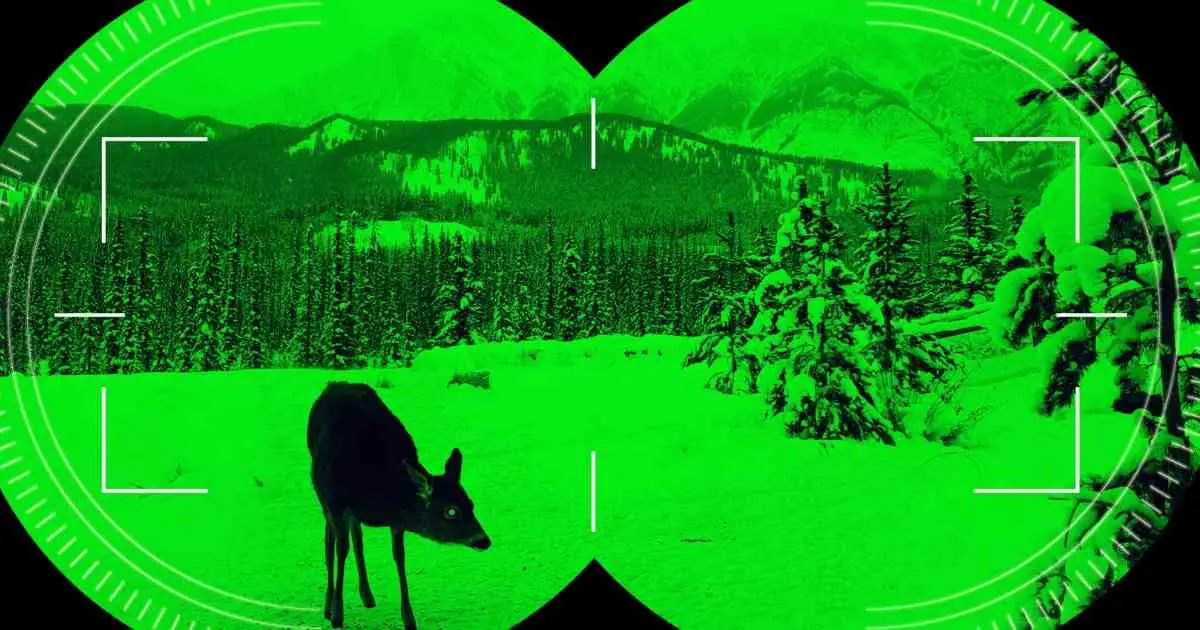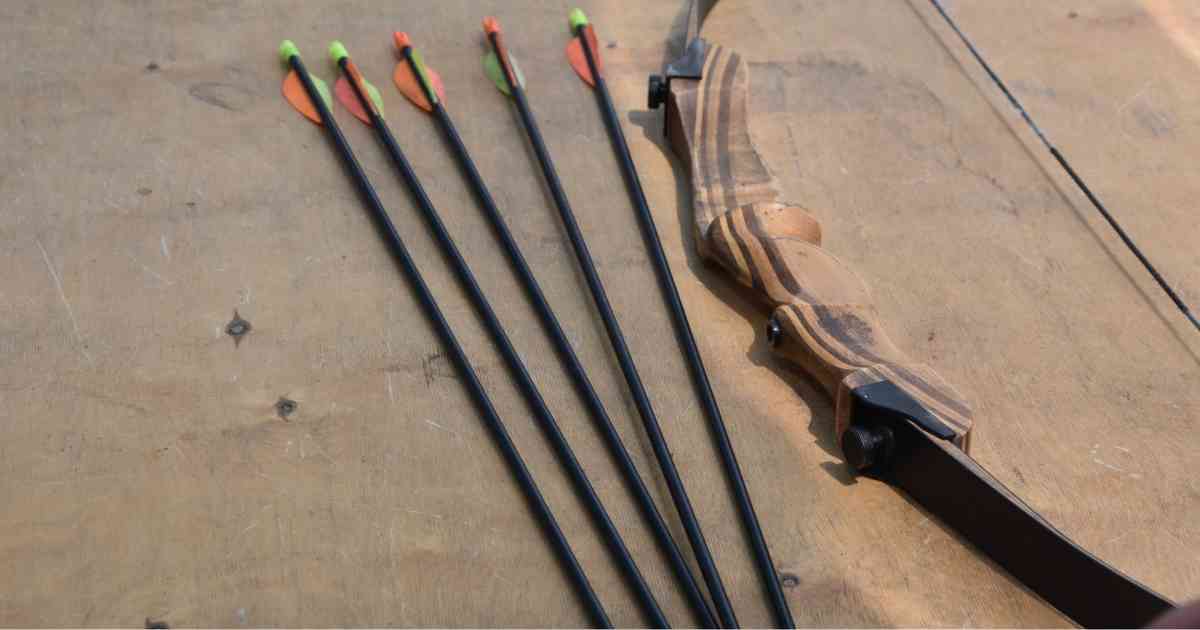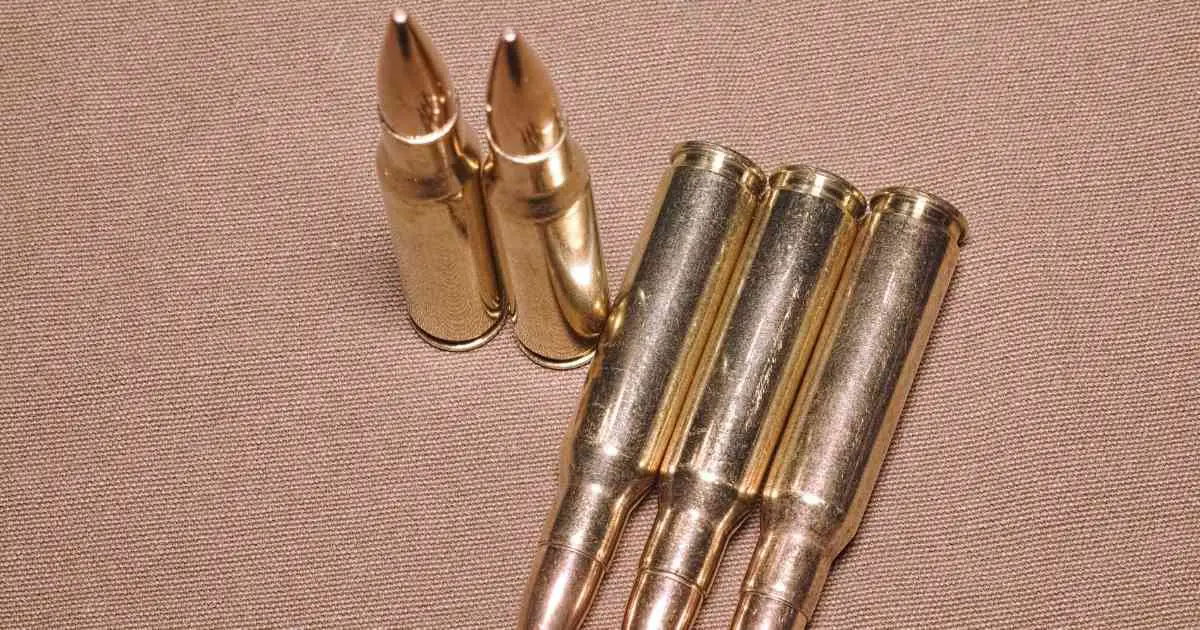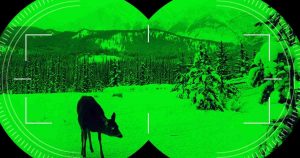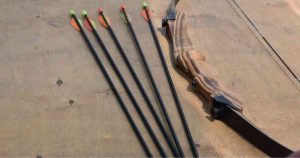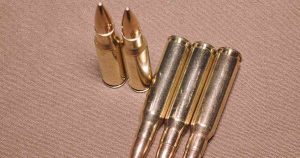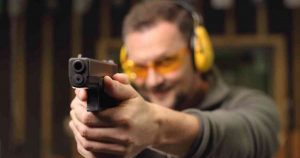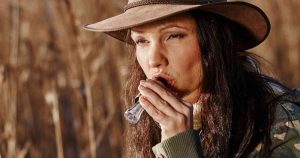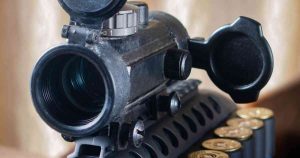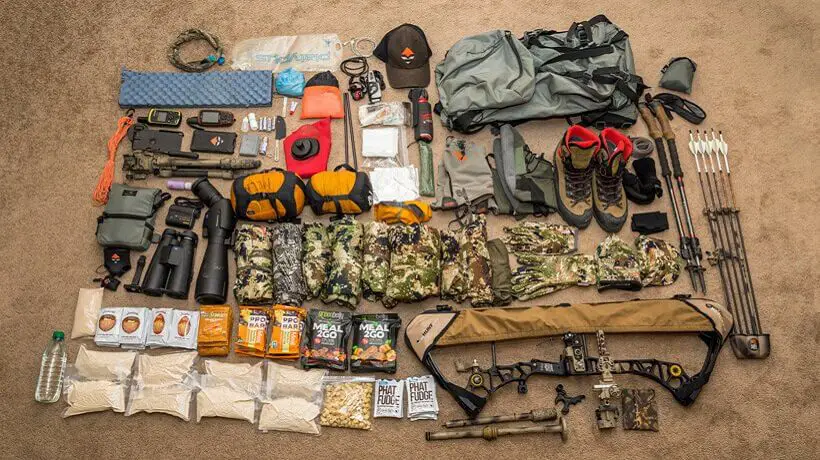
There is nothing that excites hunters more than the arrival of deer hunting season. But then again, there is nothing that disappoints a hunter more than forgetting to carry a vital tool for the hunt. It is quite common for a hunter to have hard time hunting because of forgetting something due to the excitement of leaving for the woods in a hurry. Because of this, it is necessary to have a hunting tools checklist that you can compare with your packing and this will easily help you fit your bag with the appropriate stuff first.
As this hunting season slowly approaches, it is also important to make sure that you have everything in place so that you can begin immediately after the window opens. The checklist would also come in handy when you need to buy or replace worn out parts because it would help you remember the state of your tools from the last time you went after the whitetails. Below is a comprehensive list of the most important deer hunting tools.
Hunting license
Although not a tool, a hunting license is an essential requirement before the hunt. Licenses are important for regulation and conservation of wild animals and are required by law in most states. Therefore, before hunting, you need to check your state’s hunting regulation requirements so that you do not get into trouble with the authorities.
Wind checker
Wind checkers give you accurate wind direction information and this will help you set up your stand or hunting spot downwind. Setting up downwind is important so that the deer do not smell your body scent and runoff. Wind checkers do not discredit the wind direction information given in weather reports but it certainly helps you get up to date changes in wind direction in an instant.
Tree stand and safety harness
Every season, some hunters hunt from the dirt because they forget either their tree stand or safety harness. Tree stands enable you to hunt from elevated positions, giving you a good vantage point to see most movements on the ground, on a wider radius. A safety harness, on the other hand, helps you climb up to the tree stand while also holding you safely in case you fall over the edge of the stand.
Rangefinder and Binoculars
Rangefinders and binoculars widen your hunting radius by enabling you to see further out and find the distance to the target for accurate shooting.
Compass
After shooting down your deer, a compass is used to show the direction it fell so that can go directly to get it. Losing your kill after investing all that time and patience could be very frustrating and demoralizing, and possibly leave you eating packed food instead of roasted meat.
Camo outfit
Part of maintaining stealth when hunting is to wear camouflaged jackets, pants, masks and gloves for “invisibility” purposes. They should also be scent blocking to further enhance your stealth capabilities. For comfort, you should consider buying waterproof camo clothing so that you can continue hunting when the weather changes.
Bow, arrows and bow release (for bow hunters)
A bow hunter’s basic tools are his bow, arrows and bow release. Although included in the checklist, these should be a no-brainer to the hunter because they should already be packed before checking anything else.
Firearm and ammunition (for gun hunters)
Just like the bow and its arrows, a firearm and its ammunition should be the first things to pack for any gun hunter because they are the most basic tools for the job.
Small tool kit
Some of your tools, such as the bow, might require some adjustments or tighten for better accuracy and a small repair toolkit would come in handy in such a situation. This toolkit should contain a few kits such as an Allen wrench set kit and screwdriver just to name a few.
Knife
A knife is a multipurpose tool that is very useful when hunting. It might be used to take the last breath out of the deer (by piercing through the neck) and also for preparing it by skinning and chopping it to smaller meat chunks. A knife can also be used to chop off tree branches for lighting up your campfire or cooking fire, enabling you to cook your meat once you settle down.
Scent killer and lure scents
Scent killer basically minimizes or completely covers up your scent and should be sprayed on almost everything, including your body. Lure scents, on the other hand, cover up your scent by emitting a stronger deer attracting scent. This has the effect of pulling the deer closer to you especially if they get hit strongly by a scented downwind.
Conclusion
After getting all these inside your backpack, you can then add some extra gear if there is any extra room left. However, consider the priority of these extras so that you do not leave behind and important item in favor of something you will probably not use.

